How Single-Use Packaging is Evolving for a Circular Future
The conversation around Single-Use Packaging is at a critical crossroads. Once synonymous with convenience and disposability, the entire concept is being radically reimagined under pressure from regulators, consumers, and a collective drive for sustainability. However, the solution isn’t as simple as elimination. For many applications, particularly in food, healthcare, and hygiene, Single-Use Packaging remains essential for safety, preservation, and distribution. The industry’s challenge—and its greatest innovation opportunity—is transforming this packaging category from a linear liability into a circular asset, designing it for optimal functionality and a responsible end-of-life.
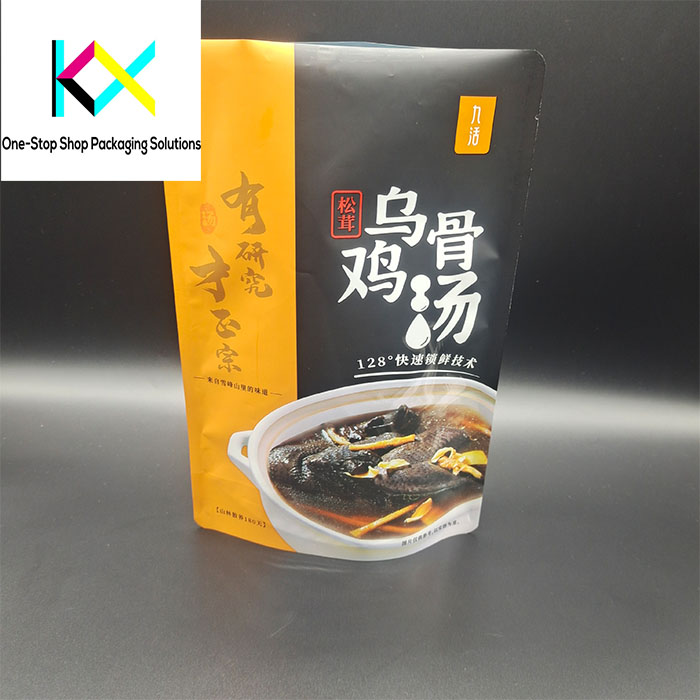
The Consumer Demand: Convenience Meets Reusability
A fascinating evolution is occurring where the lines between single-use and multi-use are blurring, largely driven by the integration of resealable features. Resealable Bags have become a powerful tool in extending the functional life of a package, effectively reducing food waste and enhancing product value. A bag of nuts or coffee with a reliable zipper closure is no longer truly “single-use” in the consumer’s mind; it becomes a reusable storage vessel within the home. This simple innovation addresses a major criticism of Single-Use Packaging by adding layers of utility and preventing the contents from spoiling prematurely, which is a significant environmental win in itself.
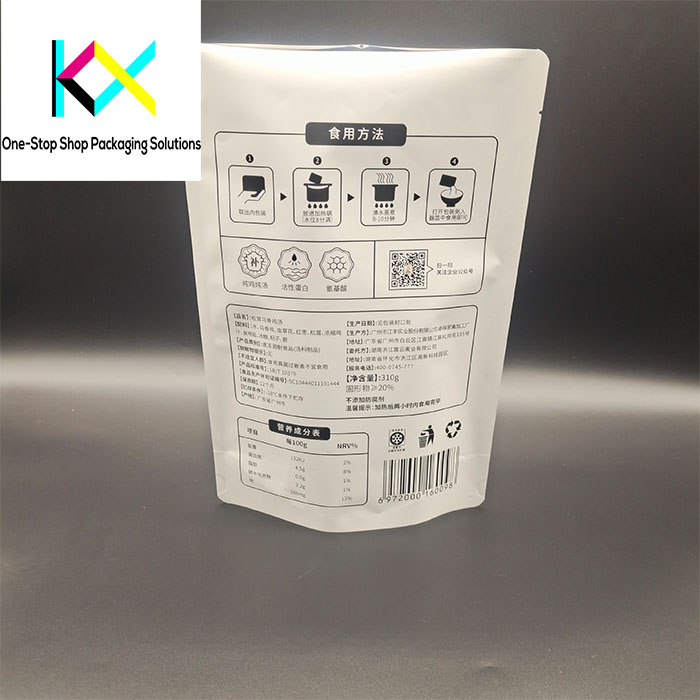

Material Innovation: The Backbone of Sustainable Change
The most significant advances are happening at the material level. The traditional model of multi-layered, complex plastic laminates is giving way to mono-material constructions. These new-generation Single-Use Packaging solutions are designed using a single type of polymer, such as polyethylene or polypropylene. This crucial shift makes the entire package easily recyclable in existing streams, overcoming the primary hurdle of traditional composites. Furthermore, the integration of Post-Consumer Recycled (PCR) content into both rigid packs and flexible Resealable Bags is accelerating, closing the loop and reducing reliance on virgin fossil fuels.
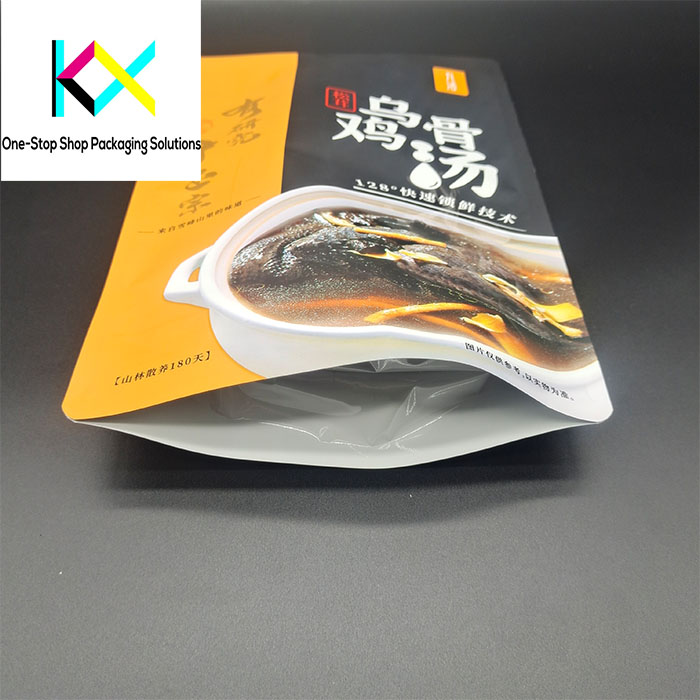
The E-commerce Imperative: Balancing Protection and Waste
The explosive growth of online shopping has intensified the debate around Single-Use Packaging. While essential for protecting goods in transit, its visible consumption has drawn consumer ire. The industry response is multi-faceted: right-sizing packages to minimize material, developing paper-based mailers with protective barriers, and creating lightweight, high-performance Resealable Bags for items like clothing or subscriptions that might be returned. The goal is to ensure that a package’s protective purpose is fulfilled with the absolute minimum material footprint, and where possible, incorporates recycled and recyclable components.
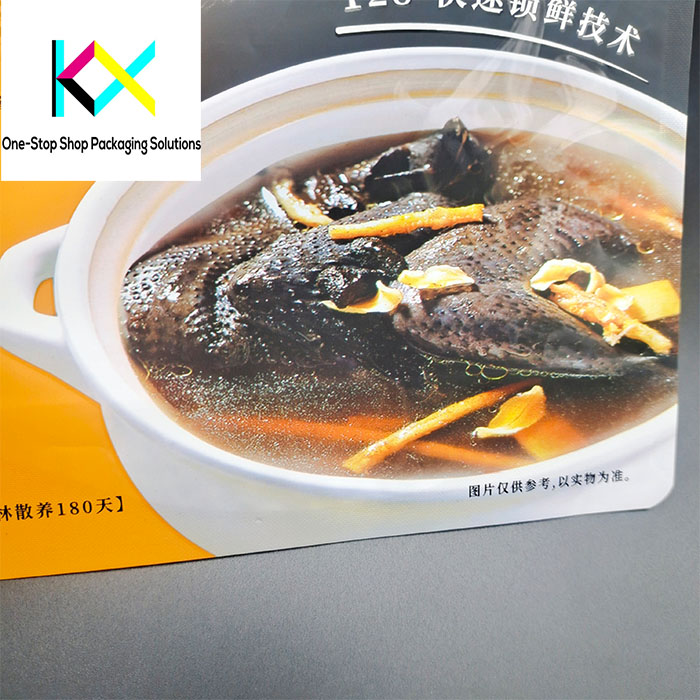
Smart and Connected Packaging: Adding Digital Value
Technology is being leveraged to enhance the functionality and sustainability of Single-Use Packaging. QR codes and digital watermarks printed on packs can provide consumers with immediate access to recycling instructions, demystifying proper disposal. For Resealable Bags, this technology can bridge the physical and digital, offering recipe ideas, origin stories, or tips on how to reuse the bag at home. This digital layer adds value beyond the initial unboxing, encourages proper end-of-life handling, and builds brand loyalty, making the temporary nature of the packaging a starting point for engagement, not an end point.
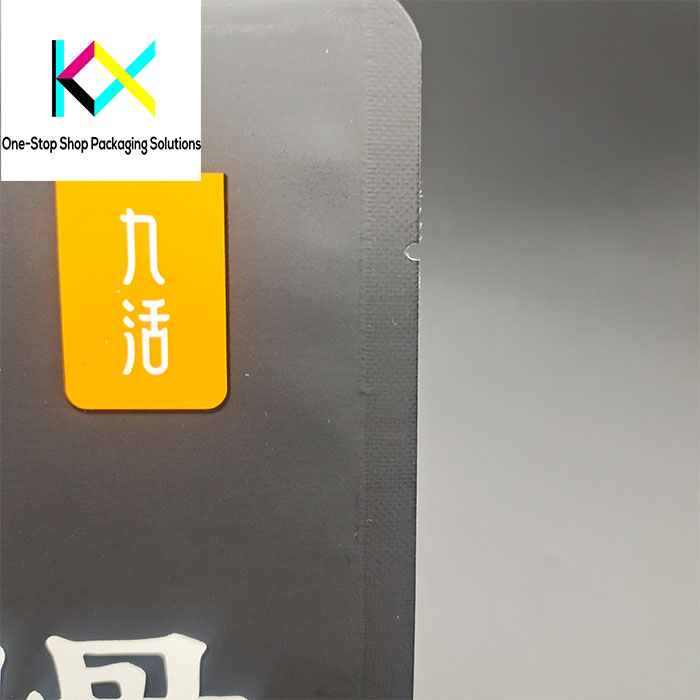
Regulatory Landscape: Shaping Design from the Top Down
Government policies are arguably the most powerful force reshaping the Single-Use Packaging landscape. Extended Producer Responsibility (EPR) schemes are shifting the financial and operational burden of packaging waste collection and recycling back onto brands. Plastic taxes are penalizing the use of virgin polymers. These regulations are making sustainable design a economic imperative, not just a marketing choice. Brands are proactively redesigning their Resealable Bags and other flexible packs to comply with these emerging standards, often preemptively to future-proof their products.

The Future is Circular: Designing for Tomorrow
The future of Single-Use Packaging lies in a genuine circular economy model. This involves continued innovation in compostable materials for specific applications where industrial composting infrastructure exists. It also means wider adoption of advanced recycling technologies, which can break down plastic packaging into its molecular building blocks to create new, virgin-quality materials. For Resealable Bags, the focus will be on perfecting the mono-material zipper, ensuring that the sealing mechanism does not contaminate the recycling stream. The concept of “single-use” will increasingly be decoupled from “waste,” as packaging is designed from the outset to be cycled back into the economy.

Conclusion: From Linear Convenience to Circular Responsibility
The journey of Single-Use Packaging is one of transformation. It is evolving from a symbol of a throw-away culture into a test case for the circular economy. By embracing material simplification, integrating smart features, and responding to regulatory and consumer demands, the industry is proving that functionality and responsibility are not mutually exclusive. The humble Resealable Bag exemplifies this shift—a feature that adds convenience while actively combating waste. The ultimate goal is clear: to create a world where Single-Use Packaging is never truly single-use, but a valuable resource in a continuous cycle of use, recovery, and rebirth.
You can visit our website to know more about our flexible packaging pouch:

